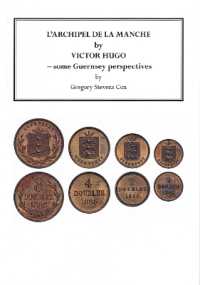- ホーム
- > 洋書
- > 英文書
- > History / World
Full Description
Creating a guerrilla movement to fight the Japanese occupation of the Philippines (1942-1945) presented Colonel Wendell Fertig with some formidable challenges. Unlike the other islands in the archipelago, Mindanao had a large Moslem (Moro) population. Using Moro and American leadership he brought the Moro people into the movement. Fertig lacked good communication with MacArthur's headquarters in Australia. With ingenuity and talented technical personnel he solved this problem, and increased the logistical support for the guerrillas by submarine from Australia.
As the force expanded, Fertig was fortunate to recruit leadership from 187 Americans--military and civilian--who had not surrendered to the Japanese. The resulting force, with its intelligence from coastal watch stations, added six guerrilla divisions to U.S. military strength for the 1945 liberation of Mindanao, a contribution unique in the history of unconventional warfare.
Contents
Table of Contents
Maps viii
Preface
Introduction
1. Fertig's Background and Engineering Experience
2. Assessment of the Situation
3. Development of a Guerrilla Movement
4. Connectivity with Australia
5. Japanese Presence, Disposition and Tactics on Mindanao
6. Guerrilla Organization, Strength, Disposition and Tactics
7. Logistical Support for the Mindanao Guerrillas
8. Intelligence Collection
9. Critique of Fertig's Leadership
10. Magnitude of Responsibilities
11. Leadership Assessment
12. Legacy and Reflections on Guerrilla Warfare in the Philippines
Appendix: History of the Mindanao Guerrillas
Chapter Notes
Bibliography
Index








